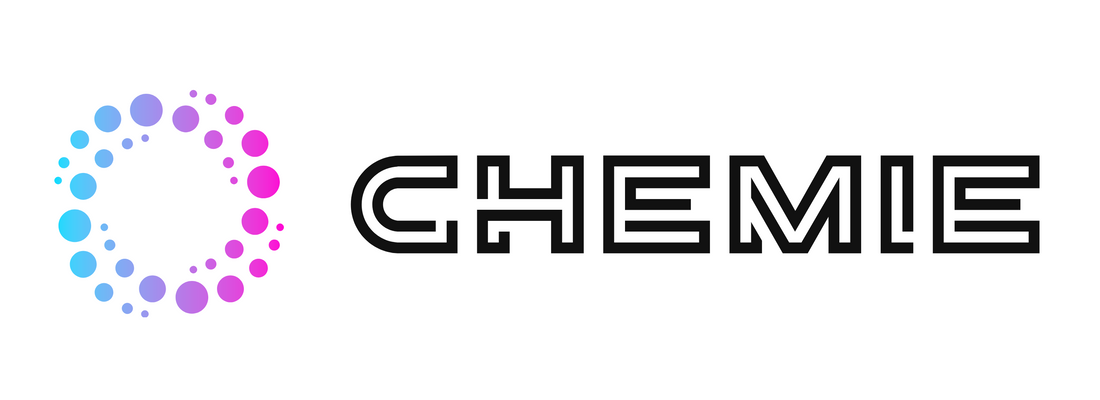Chemie Fundamentals Explained
8 Easy Facts About Chemie Shown
Table of ContentsSome Ideas on Chemie You Need To KnowThe Ultimate Guide To ChemieHow Chemie can Save You Time, Stress, and Money.Chemie Can Be Fun For AnyoneThe Facts About Chemie RevealedThings about Chemie
By Bojanna Shantheyanda, Sreya Dutta, Kevin Coscia and David SchiemerDynalene, Inc. Liquid air conditioning, which can be achieved making use of indirect or direct means, is made use of in electronics applications having thermal power thickness that may exceed risk-free dissipation through air cooling. Indirect liquid cooling is where heat dissipating digital parts are physically separated from the fluid coolant, whereas in situation of straight air conditioning, the elements are in direct contact with the coolant.In indirect cooling applications the electric conductivity can be crucial if there are leakages and/or spillage of the liquids onto the electronic devices. In the indirect air conditioning applications where water based liquids with deterioration inhibitors are normally utilized, the electric conductivity of the liquid coolant primarily depends on the ion concentration in the liquid stream.
The increase in the ion concentration in a closed loophole liquid stream might take place due to ion leaching from metals and nonmetal elements that the coolant liquid touches with. Throughout operation, the electric conductivity of the liquid might increase to a level which could be dangerous for the air conditioning system.
Some Known Incorrect Statements About Chemie
(https://pastebin.com/u/chemie999)They are grain like polymers that can exchanging ions with ions in a solution that it is in call with. In the here and now job, ion leaching tests were performed with various metals and polymers in both ultrapure deionized (DI) water, i.e. water which is treated to the highest degree of pureness, and reduced electric conductive ethylene glycol/water mix, with the measured adjustment in conductivity reported over time.
The examples were enabled to equilibrate at area temperature for 2 days prior to videotaping the preliminary electrical conductivity. In all examinations reported in this study liquid electrical conductivity was measured to a precision of 1% using an Oakton disadvantage 510/CON 6 collection meter which was calibrated prior to each measurement.
What Does Chemie Do?
from the wall surface home heating coils to the facility of the heating system. The PTFE sample containers were put in the heater when steady state temperature levels were gotten to. The examination arrangement was eliminated from the furnace every 168 hours (7 days), cooled down to room temperature level with the electric conductivity of the liquid gauged.
The electrical conductivity of the fluid sample was monitored for a total amount of 5000 hours (208 days). Number 2. Schematic of the indirect closed loop cooling experiment set up - therminol & dowtherm alternative. Table 1. Components used in the indirect shut loop cooling experiment that touch with the fluid coolant. A schematic of the experimental configuration is revealed in Figure 2.

The Only Guide to Chemie
Throughout procedure the fluid tank temperature level was maintained at 34C. The adjustment in fluid electric conductivity was monitored for 136 hours. The liquid from the system was accumulated and stored. Likewise, closed loophole test with ion exchange resin was accomplished with the very same cleansing procedures utilized. The initial electrical conductivity of the 230ml UP-H2O in the system gauged 1.84 S/cm.

0.1 g of Dowex material was contributed to 100g of liquid samples that was absorbed a separate container. The combination was stirred and alter in the electrical conductivity at space temperature level was determined every hour. The determined change in the electric conductivity of the UP-H2O and EG-LC test fluids including polymer or metal when immersed for 5,000 hours at 80C is revealed Figure 3.
Chemie for Beginners
Figure 3. Ion seeping experiment: Measured modification in electric conductivity of water and EG-LC coolants containing either polymer or metal examples when immersed for 5,000 hours at 80C. The outcomes show that metals contributed less ions into the fluids than plastics in both UP-H2O and EG-LC based coolants. This might be as a result of a thin metal oxide layer which might function as a barrier to ion leaching and cationic diffusion.
Liquids consisting of polypropylene and HDPE showed the most affordable electric conductivity changes. This might be due to the brief, rigid, direct chains which are less most likely to add ions than longer branched chains with weaker intermolecular pressures. Silicone also carried out well in both test fluids, as polysiloxanes are typically chemically inert due to the high bond power of the silicon-oxygen bond which would prevent destruction of the product right into the liquid.
What Does Chemie Mean?
It would be anticipated that PVC would certainly generate comparable results to those of PTFE and HDPE based upon the comparable chemical structures of the materials, nevertheless there may be various other pollutants present in the PVC, such as plasticizers, that might influence the electric conductivity of the fluid - high temperature thermal fluid. Furthermore, chloride teams in PVC can also leach into the test fluid and can trigger a rise in electrical conductivity
Polyurethane entirely disintegrated right into the examination fluid by the end of 5000 hour test. Prior to and after photos of metal and polymer examples immersed for 5,000 hours at 80C in the ion leaching experiment.
Measured modification in the electric conductivity of UP-H2O coolant as a function of time with and without material cartridge in the closed indirect air conditioning loophole experiment. The determined modification in electrical conductivity of the UP-H2O for 136 hours with and without ion exchange material in the loophole is revealed in Figure 5.